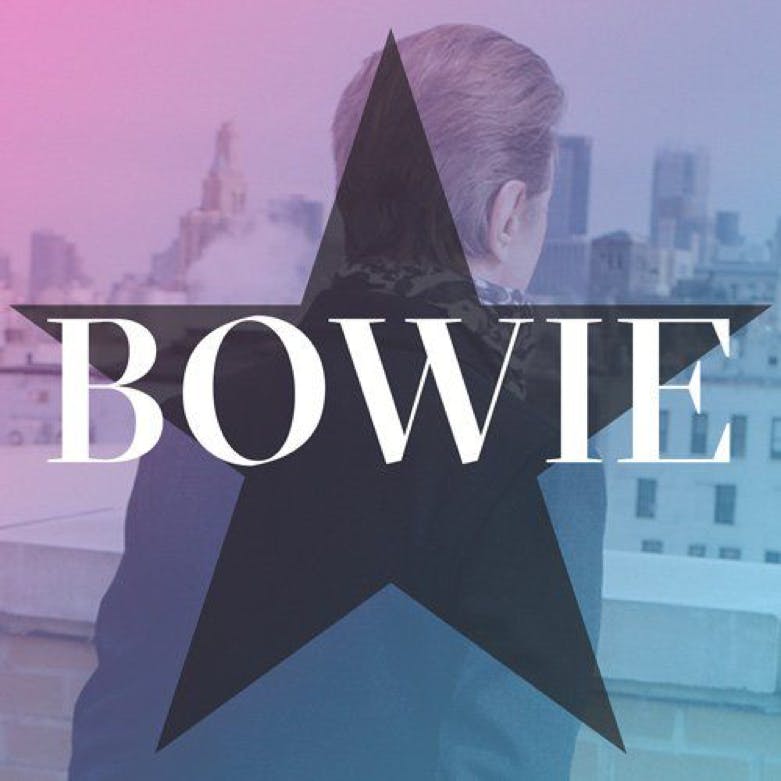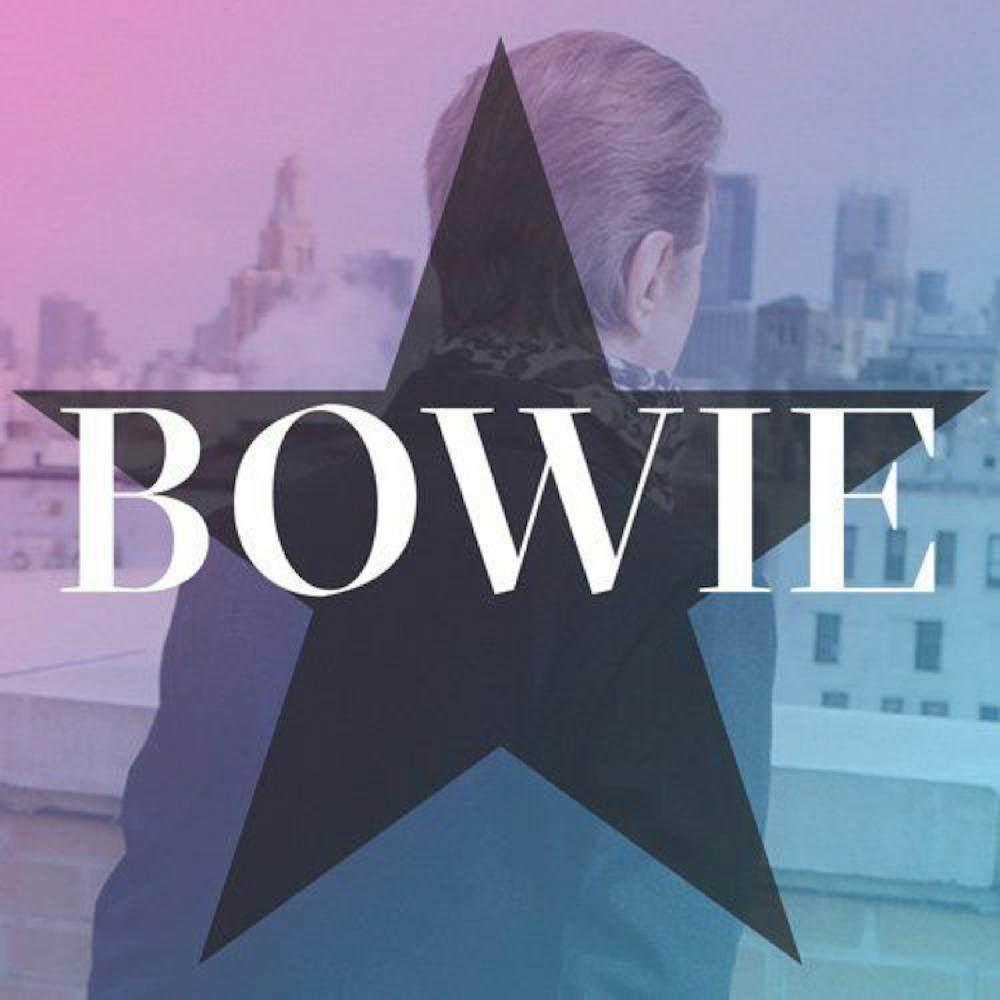On what would have been David Bowie's 70th birthday, a previously unreleased single and music video looks at the darkest, and inevitable, part of life while incorporating a sense of beauty and hopefulness uncommon for the subject matter.
By Breanna Cooper
January 8, 2017: On what would have been David Bowie’s 70th birthday, fans of the late rocker received a gift: a four song EP entitled No Plan.

Three songs accompany a single: “Lazarus,’ “When I Met You,” and “Killing A Little Time” were previously released on Bowie’s final studio album Blackstar and the musical soundtrack to his stage production “Lazarus,” respectively.
The highlight of the release is the single itself. The track is accompanied with a music video directed by Tom Hingston.
The previously released tracks and the new single alike all convey the emotions that listeners now know to be those of a man haunted by his own mortality.
While “Lazarus” conveys a sense of hope about life after death: “oh, I’ll be free/just like that bluebird,” “No Plan” offers listeners a grim prediction for what awaits us all: nothingness.
With a subdued musical intro, Bowie informs his listener “ there's no music here/
I'm lost in streams of sound,” later saying, wherever he is, “there’s no traffic here.”
One of the great things about art is its subjectivity. There are no wrong or right answers when it comes to music interpretation. However, in this case, it’s difficult not to speculate the meaning behind Bowie’s lyrics.
In a recently released BBC documentary, “David Bowie: The Last Five Years,” it was revealed that Bowie received a terminal cancer diagnosis just three months before he died. In total, Bowie lived with cancer for 18 months before dying of liver cancer just two days after his birthday and the release of his 27th studio album.
Lyrically, “No Plan” conveys a sense of hopelessness and loss. After surviving cancer for 15 months before learning that death was imminent, “No Plan” expresses the fear that would presumably come with such a bleak prognosis.
The single is strong by itself. Unlike some of Bowie’s famous singles, “No Plan” has no flash, no glam. With hindsight, the single and the three songs released with it are clearly songs written and performed by a man who knew his time was running out.
However, in a way that only true artists can, Bowie was able to use his talents to make something beautiful out of tragedy.
At times, music videos can detract from the power of a song. Often times, it takes away subjectivity. While the video for “No Plan” does the latter, British director Tom Hingston uses his own talents to create a powerful tribute to one of the most recognizable performers of the last century.
With rows of televisions outside of a storefront named Newton Electrical, paying homage to Bowie’s protagonist role as Thomas Newton in the 1976 film “The Man Who Fell To Earth,” a crowd gathered to watch what appears to be the final message from Bowie.
As Bowie did with Blackstar, there seems to be more in Bowie’s message than meets the eye. Despite the bleak outlook of the singer in the lyrics, throughout the video, images of a flying bird appear on the television screens. Perhaps the aforementioned bluebird in “Lazarus,” the motif adds a gleam of hope in a music video focusing on the career of a musician who did not live to see its release.
The idea that Bowie presents of “being lost in streams of sound” may not be referring to a sense of a lost, wandering spirit. Instead, as the video seems to suggest upon a second viewing, perhaps it’s the idea that, regardless of the existence of an afterlife, the legacy we create while here on Earth is all that there is.
And Bowie’s is one hell of a legacy.
https://youtu.be/xIgdid8dsC8
Let’s Talk About: David Bowie’s 'No Plan'

Heads up! This article was imported from a previous version of The Campus Citizen. If you notice any issues, please let us know.
No Plan release graphic




